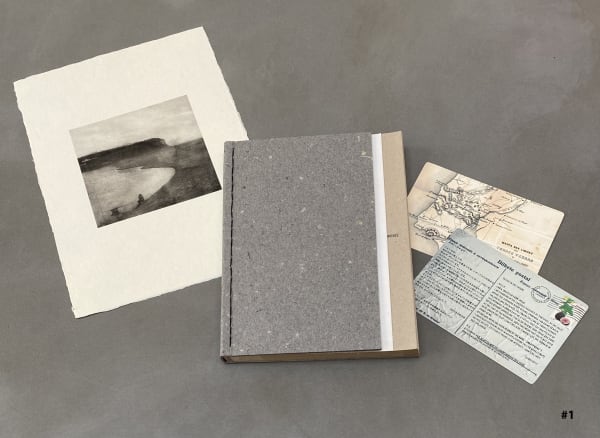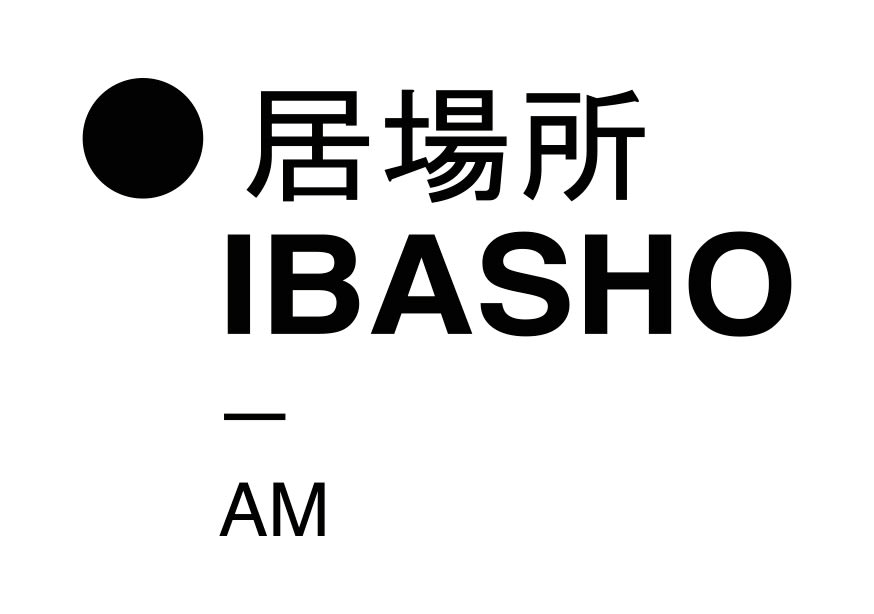Ihei Kimura
An autodidact who taught himself to use a box camera at an early age, Tokyo native Ihei Kimura (1901-1974) later became an acknowledged master of photo-realism using a 35mm camera. Throughout his professional career, Kimura focused on the informal aspects of quotidian Japanese life while rejecting modernist styles such as pictorials that prevailed before World War II. His snapshot reportage of Akita Prefecture, a rural region in northern Japan, established his favoured theme of the beauty and spontaneity of daily life.
After having worked in Taiwan for some years for a sugar-trading company Kimura returned to Japan in 1922, joined several photography clubs and established a studio in Tokyo in 1924. The 1930s where a productive decade for Kimura in which he assumed a highly visible role in Japanese photography with his Leica camera. This camera catalysed Kimura’s aesthetic of ‘snapshot spontaneity’ and the magazine Kōga founded by him along with Yasuzo Nojima, Iwata Nakayama and Nobuo Ina, provided a platform for the advocacy of candid photography. He also co-formed the groups Nippon Kōbō and Chūō Kōbō, which groups emphasised ‘realism’ in photography. In 1950, Kimura was elected chairman of the newly formed Japan Professional Photographers Society (JPS). Together with Ken Domon he did much to encourage a documentary spirit in amateur photography.
In the mid-fifties, Kimura made several trips to Europe, providing photographs for the camera magazines. Pari, a collection of his colour photographs of Paris, would only be published in 1974, but the use of colour was ahead of its time. On his return to Japan, Kimura concentrated on photographing rural life in Akita. He also worked on portraits, particularly of writers.
Kimura was often compared to Henri Cartier-Bresson, the world-renowned French master of snapshots, and was called the "Japanese Bresson."
Kimura died at his home in Nippori on 31 May 1974. The Kimura Ihei Award for new photographers was promptly set up in his honour. He remains popular in Japan: his images still regularly appear in the magazine Asahi Camera. His work was exhibited at the Rencontres d'Arles festival in 2004.
The exhibited photograph depicts a scene from a love-suicide Bunraku play by Chikamatsu Monzaemon, first performed in 1703. This photograph was part of the Kosho Watanabe Collection. Kosho Watanabe (1914-1993) worked for Asia-Pacific News Agencies as a cameraman during WW II. He founded the Japan Photo Critics Association in 1957. He was appointed Director of the Ken Domon Museum of Photography in 1992, but died the following year. He was actively engaged in socialising with photographers and was keen on collecting photographs and curating exhibitions.
-

Correspondence - Hajime Kimura
Kimura, Hajime, 2022soft cover, 70 pagesRead more
Publisher: IBASHO & the(M) éditions
Dimensions: 230 x 160 mm -

Correspondence - Hajime Kimura
Special edition with print - choice of 10 images Kimura, Hajime, 2022soft cover with print 1, 70 pagesRead more
Publisher: IBASHO & the(M) éditions
Dimensions: 230 x 160 mm -

Nippon - various photographers
Japan: The Nation in Motion Ken Domon, Masao Horino, Ihei Kimura, a.o., 1938stiff paper boards, leporello, unpaginated, photographs in sheet-fed gravure pagesRead more
Publisher: Kokusai Bunka Shinkokai
Dimensions: 277 x 307 mm


